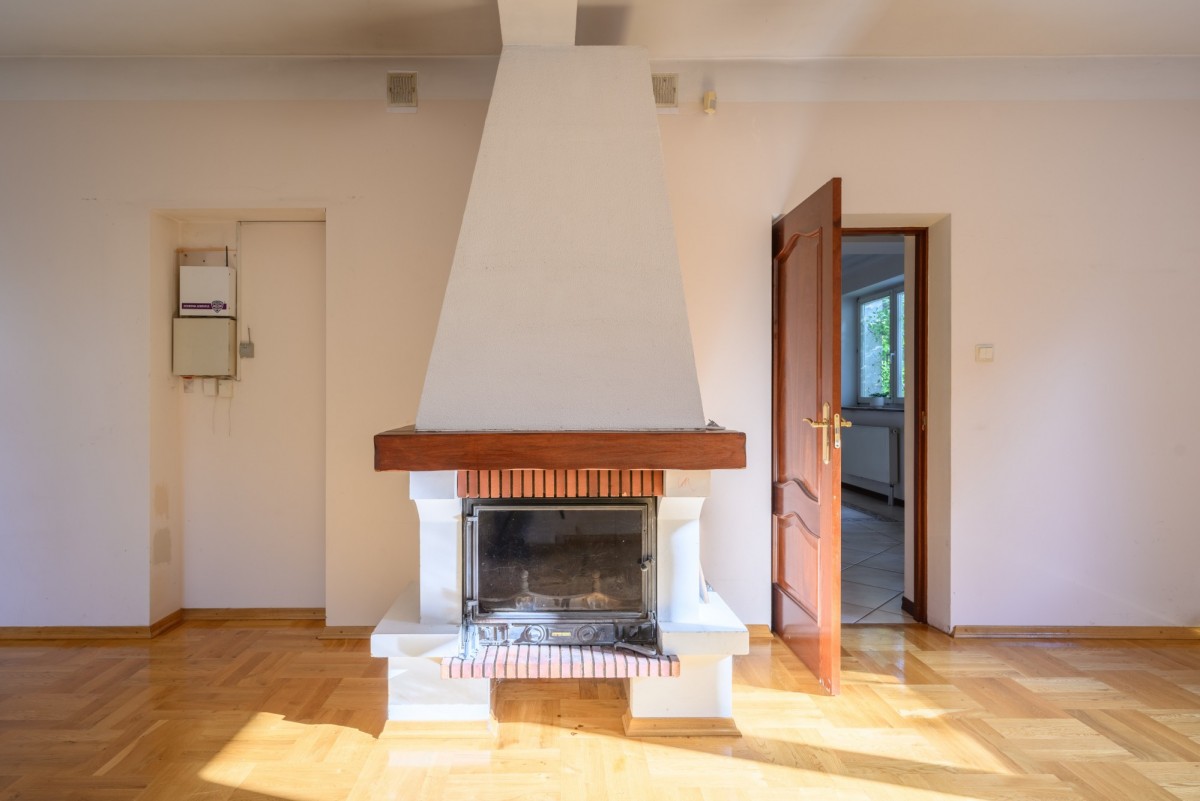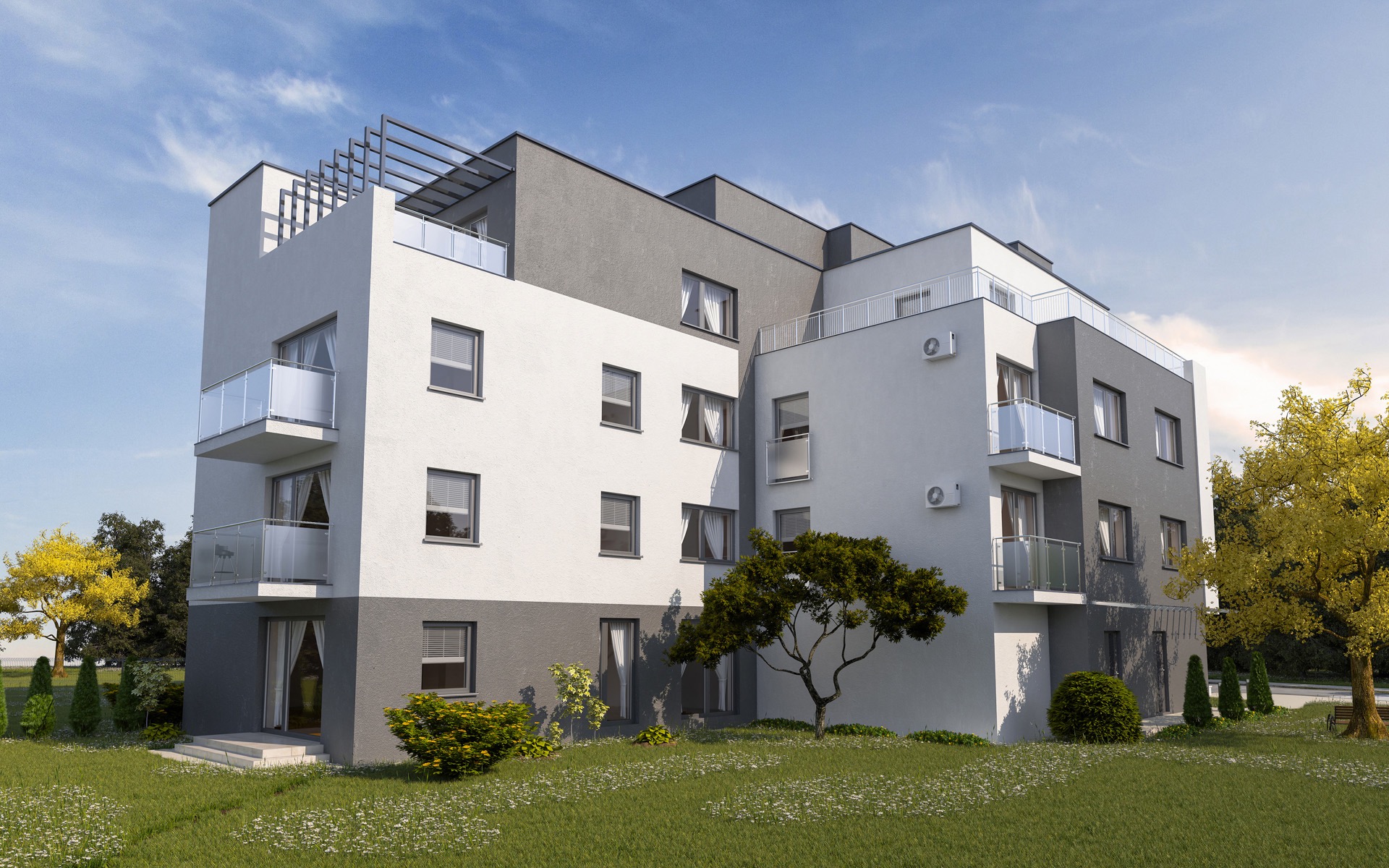Ban on heating houses with coal, oil and gas in Poland

Ban on heating houses with coal, oil and gas in Poland
Revolutionary changes in building heating are coming to Poland. Over the next ten years, the situation in this regard should change dramatically. New European Union (EU) rules will gradually eliminate heating installations that burn fossil fuels.
Revolutionary changes in building heating are coming to Poland. Over the next ten years, the situation in this regard should change dramatically. New European Union (EU) rules will gradually eliminate heating installations that burn fossil fuels.
It cannot be denied that in late autumn and winter the air in many places in Poland is truly harmful. People breathe smog, which negatively affects their health. There is a chance to improve this situation thanks to new EU rules. The first changes will be made soon.
All buildings in the EU are expected to be zero-emission. In practice, this means banning the installation of fossil fuel stoves and boilers in new buildings and phasing out such boilers from existing buildings.
From 2028, the ban will apply to new buildings owned by the state or local government, and from 2030 to privately owned buildings (for example, houses or development blocks).
This includes a ban on the installation of boilers running on coal, as well as eco-peas (solid fuel) or fuel oil. Gas heating will also be prohibited.
The changes will also affect old buildings, but a little later. By 2040, all devices that heat buildings using fossil fuels must disappear in the EU. However, in practice this means that Member States must now start thinking about a strategy to phase out such devices and replace them with modern zero-emission devices.
The exception is agricultural and outbuildings. Those who want to change their heating system to an emission-free and environmentally friendly one will have another 10 years, until 2050.
In Poland, a significant number of households still heat their homes using fossil fuels. Approximately 46 percent of Poles use coal stoves or boilers. The popularity of this solution is even higher in rural areas, where 77 percent of residents use it, while in large cities municipal or local heating networks are more often used.
Materials used from the site: serwisy./energetyka/
Blog



Who can be the owner of apartments in Poland
Who can be the owner of apartments in Poland





